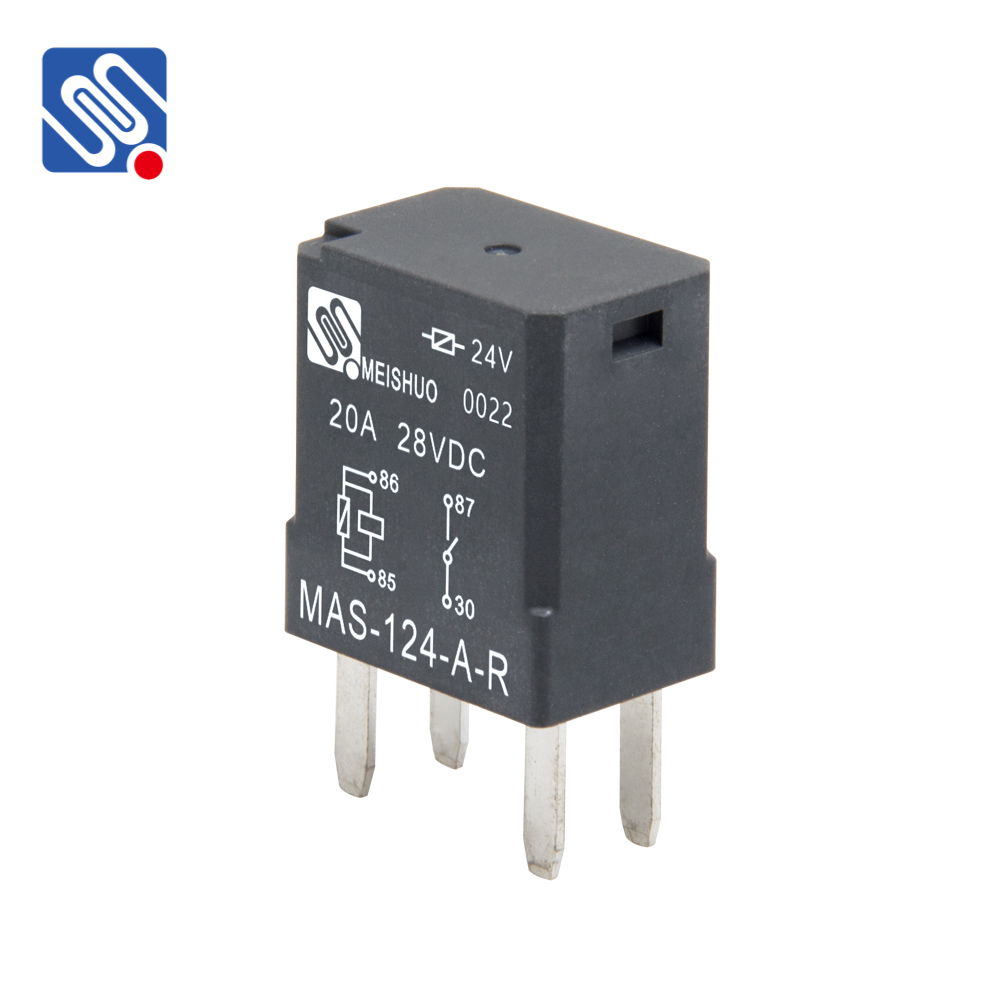A relay is an essential electrical component used in a variety of systems to control the flow of electricity. Among the many types of relays, the 24V 30A relay stands out due to its capacity to handle high-power loads with relatively low control voltage. This article aims to explore the specifications, working principles, and diverse applications of the 24V 30A relay in modern electrical systems.

What is a 24V 30A Relay? A 24V 30A relay is an electromechanical switch that allows the control of a high-power circuit using a much lower control voltage and current. The “24V” in its name refers to the voltage required to activate the relay’s coil, while the “30A” indicates the maximum current the relay can handle on its switch contacts without being damaged. Relays are used in situations where direct electrical connections are either impractical or unsafe. Instead of physically switching large current paths, a relay uses a small current to operate an electromagnetic switch, making it an efficient tool for controlling larger circuits.